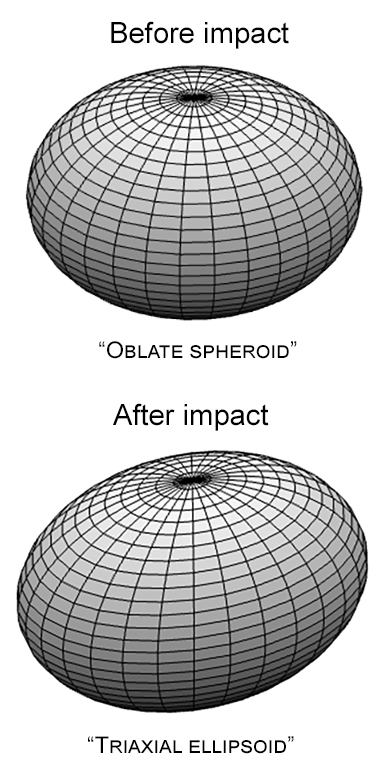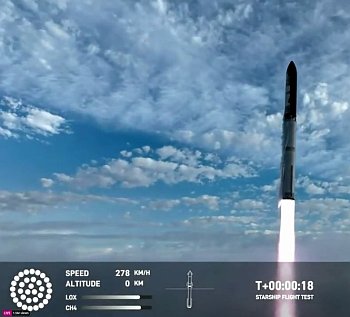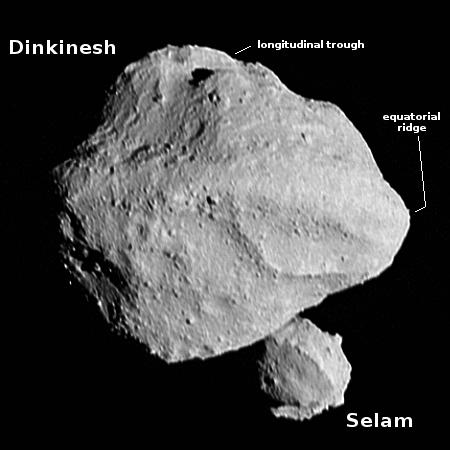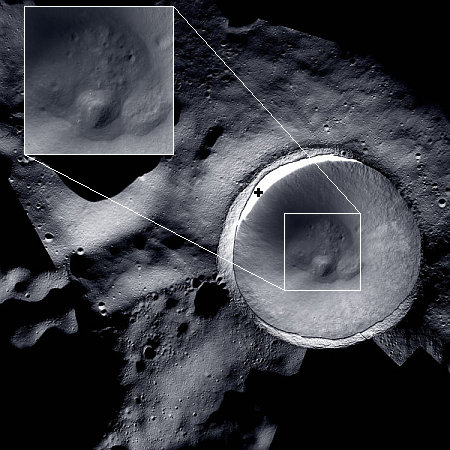SpaceX launches a cargo Dragon to ISS
SpaceX today successfully launched a Dragon freighter to ISS, its Falcon 9 rocket lifting off from Cape Canaveral in Florida.
The cargo Dragon was flying for the fourth time. It will dock with ISS on March 23, 2024. The first stage completed its sixth flight, landing back at one of SpaceX’s landing pads at Cape Canaveral.
This was also the first Dragon launch from this particular SpaceX launchpad in four years. The company only recently reconfigured it for Dragon flights, both manned and unmanned, so that it has two options for launching NASA manned missions. NASA had demanded this before it would give SpaceX permission to launch Superheavy/Starship from that rocket’s new launchpad in Florida. The agency thought it was too close to SpaceX’s first manned launchpad, and wanted an option in case a Superheavy launch failure damaged the Dragon launchsite. With this success SpaceX is one step closer to flying operational Superheavy/Starship flights out of Cape Canaveral.
The leaders in the 2024 launch race:
28 SpaceX
12 China
4 Rocket Lab
3 Russia
American private enterprise now leads the rest of the world combined in successful launches 33 to 21, while SpaceX now leads the entire world, including American companies, 28 to 26.
SpaceX today successfully launched a Dragon freighter to ISS, its Falcon 9 rocket lifting off from Cape Canaveral in Florida.
The cargo Dragon was flying for the fourth time. It will dock with ISS on March 23, 2024. The first stage completed its sixth flight, landing back at one of SpaceX’s landing pads at Cape Canaveral.
This was also the first Dragon launch from this particular SpaceX launchpad in four years. The company only recently reconfigured it for Dragon flights, both manned and unmanned, so that it has two options for launching NASA manned missions. NASA had demanded this before it would give SpaceX permission to launch Superheavy/Starship from that rocket’s new launchpad in Florida. The agency thought it was too close to SpaceX’s first manned launchpad, and wanted an option in case a Superheavy launch failure damaged the Dragon launchsite. With this success SpaceX is one step closer to flying operational Superheavy/Starship flights out of Cape Canaveral.
The leaders in the 2024 launch race:
28 SpaceX
12 China
4 Rocket Lab
3 Russia
American private enterprise now leads the rest of the world combined in successful launches 33 to 21, while SpaceX now leads the entire world, including American companies, 28 to 26.














